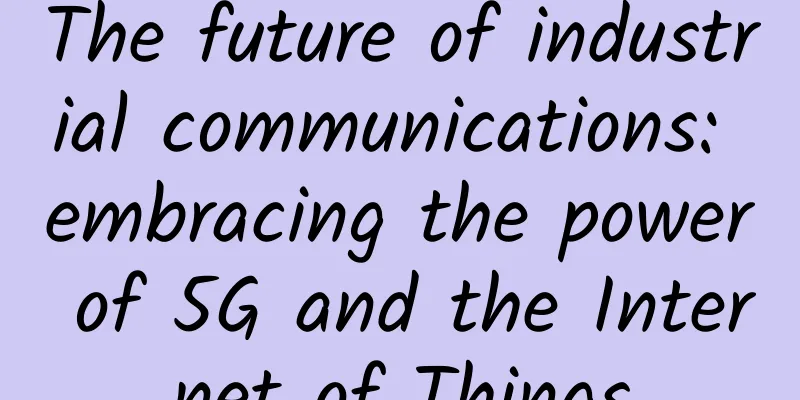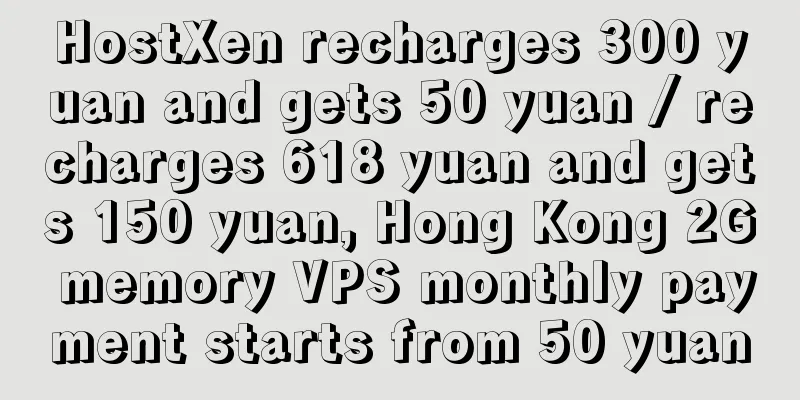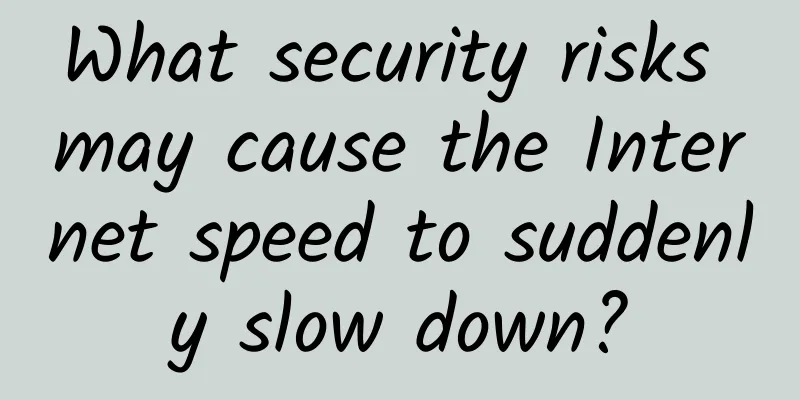The future of industrial communications: embracing the power of 5G and the Internet of Things

|
The future of industrial communications is on the brink of a major transformation, driven by 5G and the Internet of Things (IoT). As we delve deeper into the future, it’s clear that these two technological advancements will revolutionize the way industries communicate, operate, and grow. In addition, the integration of 5G and the Internet of Things will also pave the way for the implementation of advanced technologies such as artificial intelligence (AI) and machine learning. These technologies rely on large amounts of data and high-speed connections to work effectively. With 5G and the Internet of Things providing the necessary infrastructure, industries can leverage the power of artificial intelligence and machine learning to automate processes, improve decision-making, and drive innovation. However, embracing the power of 5G and IoT is not without its challenges. Security is a significant concern, as the increased connectivity of devices creates more potential entry points for cyberattacks. Industries need to invest in strong security measures to protect their networks and data. Additionally, the implementation of these technologies requires significant investments in infrastructure and training. Despite these challenges, the potential benefits of integrating 5G and IoT into industrial communications cannot be ignored. The ability to monitor equipment in real time, predict maintenance needs, and remotely control machines can significantly save costs and increase productivity. In addition, leveraging the potential of artificial intelligence and machine learning can drive innovation and give industries a competitive advantage. In summary, the future of industrial communications lies in the power of 5G and the Internet of Things. These technologies will revolutionize the way industries operate, providing the infrastructure for real-time data analysis, predictive maintenance, remote control of machinery, and the implementation of artificial intelligence and machine learning. Despite the challenges, the potential benefits make the adoption of these technologies an exciting prospect for industries around the world. As we continue to explore this future, it is clear that the power of 5G and the Internet of Things will play a key role in shaping the future industrial landscape. |
<<: Five-minute technical talk | Semantic communication technology helps build a safe countryside
>>: Unleashing the power of 5G: Innovative devices will revolutionize connectivity
Recommend
What are the main problems facing 5G networks?
5G networks are the next generation of wireless t...
Linkerd Canary Deployment and A/B Testing
[[413903]] This guide shows you how to use Linker...
Xiao Yaqing from the Ministry of Industry and Information Technology: 6G is currently in the exploratory stage
In November 2019, my country established the Nati...
How energy-efficient networks support sustainable development
As extreme weather conditions wreak havoc, compan...
RAKsmart Bare Metal Cloud/Cloud Server/VPS 30% off, Dedicated Server Limited Flash Sale Starting from $30/month
Coinciding with the Chinese New Year, RAKsmart ha...
The three major operators will cancel the unlimited data packages in disguise from September 1st. Netizens shouted: I am not willing to accept it
Recently, the Ministry of Industry and Informatio...
Two ways to decrypt HTTPS traffic with Wireshark
principle Let's review the entire handshake p...
Networking in Pictures: What is Virtual Router Redundancy Protocol (VRRP)?
VRRP is a commonly used fault-tolerant protocol t...
Looking ahead to 2017, who will be the top network technology brand?
[Original article from 51CTO.com] In 2017, the tr...
Behind Gu Ailing's victory at the Winter Olympics: Communications people are silently persevering
7×24 hours uninterrupted protection Communication...
5G network equipment security assessment escort "new infrastructure"
Unlike 4G mobile communication technology, which ...
China Academy of Information and Communications Technology: Cumulative domestic shipments of 5G mobile phones reached 163 million units from January to December
Today, the China Academy of Information and Commu...
How to implement message communication elegantly?
[[339299]] This article is reprinted from the WeC...
Operators are enthusiastic about deploying 4.5G: This will affect the commercial use of 5G
In 2017, more and more operators around the world...
Huawei's Meng Wanzhou: 5.5G is the inevitable path for 5G network evolution
On June 28, 2023 MWC Shanghai opened, and Huawei ...









